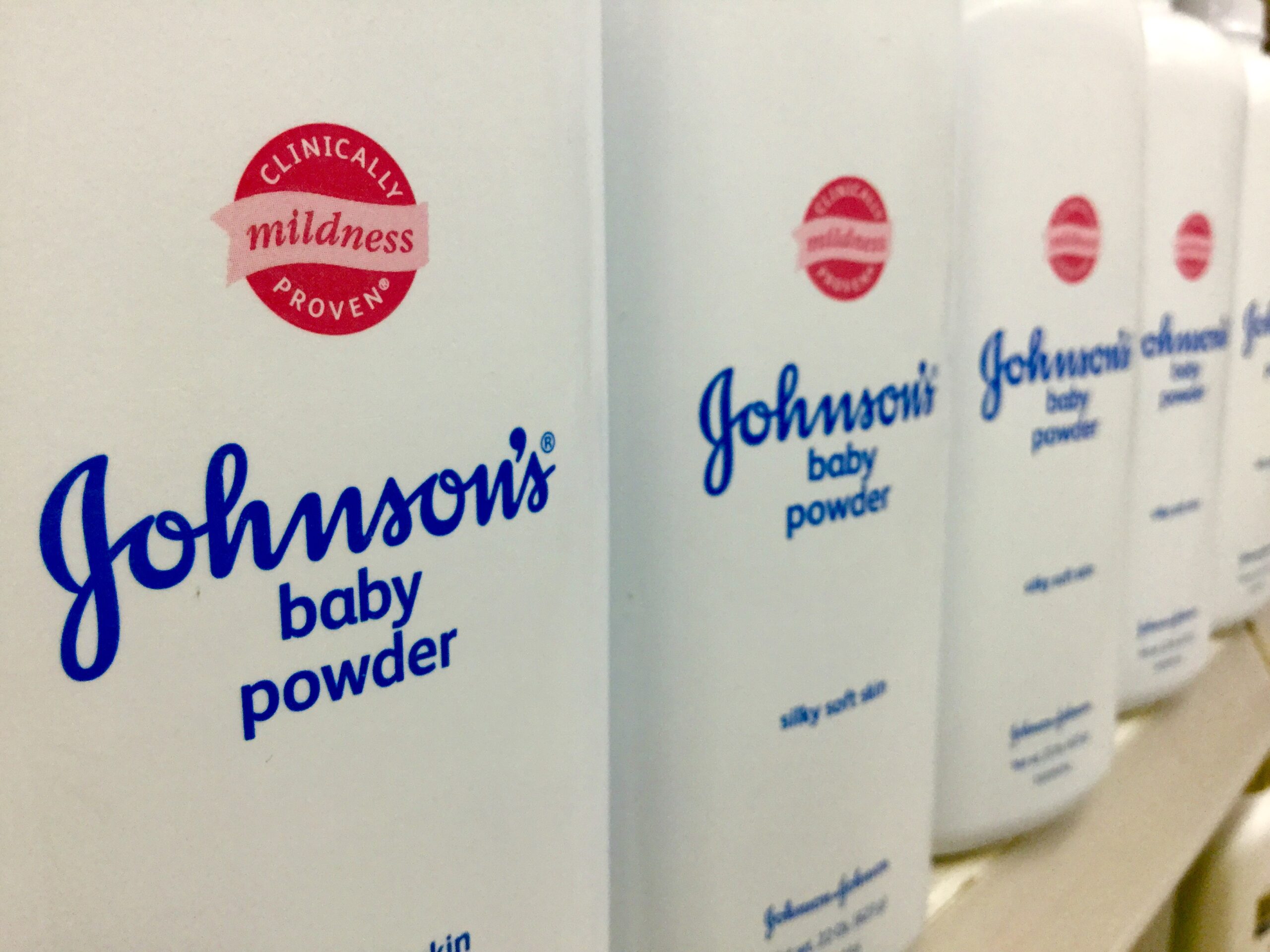Johnson and Johnson reached a tentative $8.9 billion agreement to compensate tens of thousands of people who claim the company’s talcum-based products gave them cancer. The agreement, which still requires approval from the bankruptcy court and plaintiffs, would be the highest-profile use of a controversial strategy that shields shareholders from the consequences of investing in companies knowingly selling harmful products.
The process is called a divisive merger, or the Texas two-step. The maneuver is named after a quirk of Texas law that allows a profitable company to split itself into two, placing all its future liabilities into a Texas-based subsidiary. The liability-ridden company then declares bankruptcy, leaving the profitable part of the company and the investors whole. “It violates the fundamental principle of bankruptcy,” Sheldon Whitehouse (D-RI) said at a 2022 hearing on the topic.
In 2017, Koch-owned Georgia-Pacific pioneered the process. The company faced thousands of lawsuits after an appeals court found that management intentionally downplayed cancer dangers from its building products. Faced with billions of dollars of potential claims, management shifted all of the company’s assets to a new subsidiary named “New Georgia-Pacific,” They placed all of the liabilities in an entity named “Bestwall,” declaring bankruptcy a few months later.
In the four years since, New Georgia-Pacific has delivered $3 billion in dividends to Georgia-Pacific–three times what Bestwall has offered plaintiffs.
J&J is now attempting to take a stab at the maneuver.
It’s not the first time. In early 2021 the company transferred all of the company’s cancer claims to a subsidiary named LTL Management. Three days later, the new entity declared bankruptcy– pausing any ongoing litigation. In January of 2023, an Appeals court threw out the bankruptcy. They effectively said you at least have to pretend you’re in financial distress– pointing out that the new entity wasn’t insolvent, having access to $61.5 billion from J&J.
In the new filing, J&J management adjusted the paperwork and increased the payout by nearly $6 billion.
The companies argue that the Texas two-step benefits victims, allowing one bankruptcy judge to administer an orderly approach to paying out claims to tens of thousands.
Private emails tell a different story.
Michelle Ryan, a now-retired treasurer for the company, described the motivation behind the maneuver to Moody’s. “Capping our talc liability,” she wrote, “especially with the recent disappointing Supreme Court inaction.”
J&J has long faced questions about the safety of its talcum-based products. Despite asbestos naturally occurring alongside talcum, the company has long denied any link between cancer and its baby powders.
Before the last ten years, most asbestos legal claims against Johnson and Johnson failed. The World Health Organization says there is no safe level of contact with asbestos, but the substance has different impacts on different people. Most individuals exposed, even to large amounts, never develop cancer. For some, a small amount can lead to mesothelioma or ovarian cancer—years later.
To this day, the company argues the lawsuits are over a problem that doesn’t exist. “Our talc products do not contain asbestos,” Erik Haas, the vice president of litigation, told investors on last week’s earnings call, “Our talc products do not cause cancer.”
Again, Johnson and Johnson’s internal documents tell a different story.
Internal memos and reports, first published by Reuters, showed that management was aware its flagship baby powder had tested positive for small amounts of asbestos since at least the late 1950s. Rather than reformulate its product, the company denied and questioned the test results–something the company continues to this day.
In the last ten years, those memos came to light in a string of lawsuits from cancer victims. Patients no longer need to prove the direct link between Johnson and Johnson’s baby powder and cancer to juries. “The culprit wasn’t necessarily talc itself,” Reuters wrote, “but also asbestos in the talc.” The scientific community accepts that asbestos causes cancer. The company’s internal testing showed a direct link to asbestos.
In 2018 the dam broke. A Missouri jury ordered J&J to pay $4.7 billion to 22 women after it found the company’s products caused their ovarian cancer. The damages were eventually reduced to $2.1 billion on appeal—nearly $100 million per claimant. Johnson and Johnson believes it could face upwards of 100,000 claims in the future. The proposed $8.9 billion agreement would cap the company’s liability.
The Missouri case made it all the way up to the Supreme Court, where the court declined to hear the issue–upholding the previous court’s ruling and prompting the former treasurers’ email to Moody’s.
Interestingly enough, Justice Brett Kavanaugh recused himself from the case.
The reason?
His father lobbied against warning labels for talcum-based products.



